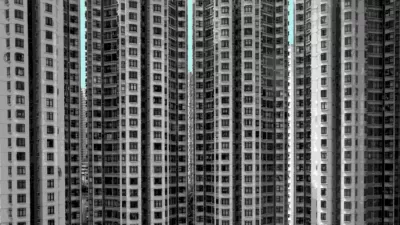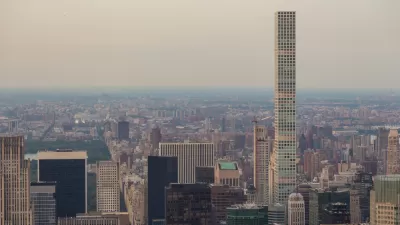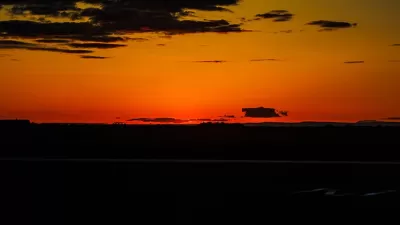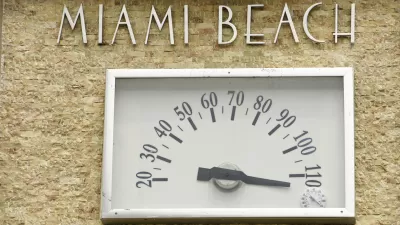A recent study reveals the detrimental impact of hot nights compared to hot days, with the region experiencing hotter summers and more hot days due to climate change and the heat island effect.

Hong Kong has been experiencing hotter summers and more extreme hot days in recent years due to climate change and the heat island effect. A study from the Chinese University of Hong Kong (CUHK) found that hot nights pose a greater threat to public health than hot days. Specifically, researchers found that consecutive hot nights are more detrimental to human health than very hot days, although the actual temperature does not reach daytime levels.
Apparently, consecutive hot nights brought more health problems compared with very hot days, especially for five or more consecutive hot nights. It was also found that when consecutive very hot days were joined with consecutive hot nights, such as two consecutive very hot days with three hot nights, the health impact was significantly amplified, compared with only consecutive very hot days. Females and older adults were found to be relatively more vulnerable to extreme hot weather.
According to Kevin Ka-Lun Lau from the Institute of Future Cities at CUHK, "Nighttime is supposed to provide the body with a chance to recover and rest from the heat of the day, but hot nights make the recovery and resting less effective. Due to the congested living environment with poor air ventilation, the occupants in sub-divided flats are particularly vulnerable and not able to recover from the heat of the day.”
The research also identified the lack of urban greenery and poor air ventilation in a high-density context as factors that contribute to more hot nights than hot days in some areas. The team suggests better urban planning and building design as long-term mitigation measures. They also argue that improved city and indoor natural ventilation and an increased greenery ratio would help to mitigate higher air temperatures and could improve public health.
FULL STORY: Calls for better urban planning to improve public health in Hong Kong

Trump Administration Could Effectively End Housing Voucher Program
Federal officials are eyeing major cuts to the Section 8 program that helps millions of low-income households pay rent.

Planetizen Federal Action Tracker
A weekly monitor of how Trump’s orders and actions are impacting planners and planning in America.

Ken Jennings Launches Transit Web Series
The Jeopardy champ wants you to ride public transit.

Rebuilding Smarter: How LA County Is Guiding Fire-Ravaged Communities Toward Resilience
Los Angeles County is leading a coordinated effort to help fire-impacted communities rebuild with resilience by providing recovery resources, promoting fire-wise design, and aligning reconstruction with broader sustainability and climate goals.

When Borders Blur: Regional Collaboration in Action
As regional challenges outgrow city boundaries, “When Borders Blur” explores how cross-jurisdictional collaboration can drive smarter, more resilient urban planning, sharing real-world lessons from thriving partnerships across North America.

Philadelphia Is Expanding its Network of Roundabouts
Roundabouts are widely shown to decrease traffic speed, reduce congestion, and improve efficiency.
Urban Design for Planners 1: Software Tools
This six-course series explores essential urban design concepts using open source software and equips planners with the tools they need to participate fully in the urban design process.
Planning for Universal Design
Learn the tools for implementing Universal Design in planning regulations.
Ada County Highway District
Clanton & Associates, Inc.
Jessamine County Fiscal Court
Institute for Housing and Urban Development Studies (IHS)
City of Grandview
Harvard GSD Executive Education
Toledo-Lucas County Plan Commissions
Salt Lake City
NYU Wagner Graduate School of Public Service





























